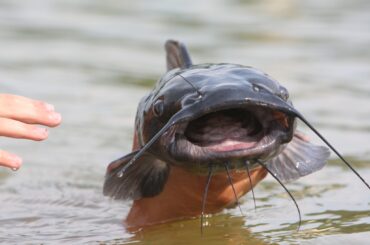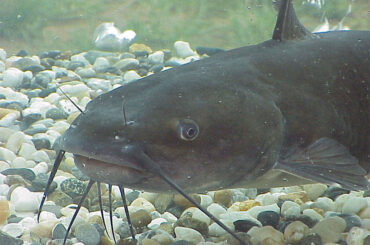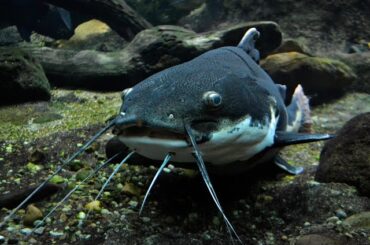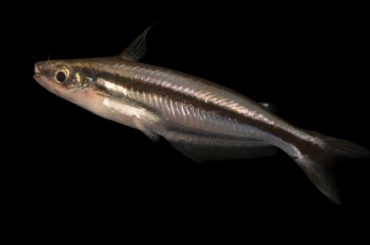The bluegill (Lepomis macrochirus), a popular game fish in the Centrarchidae family of sunfish, is a popular game fish (order Perciformes). It is one of the most well-known sunfishes throughout its native range in the central and southern United States’ freshwater settings. The bluegill is a freshwater fish that is commonly referred to as “bream,” “brim,” “sunny,” “copper nose,” or “perch” in Texas.
Table of Contents
Distribution
From coastal Virginia to Florida, west to Texas and northern Mexico, and north to western Minnesota and western New York, the bluegill are found in the wild east of the Rocky Mountains. They have since been introduced to nearly every other country in North America, as well as Europe, South Africa, Zimbabwe, Asia, South America, and Oceania. Bluegills have also been discovered in the Chesapeake Bay, demonstrating that they can withstand salinity of up to 1.8 percent.
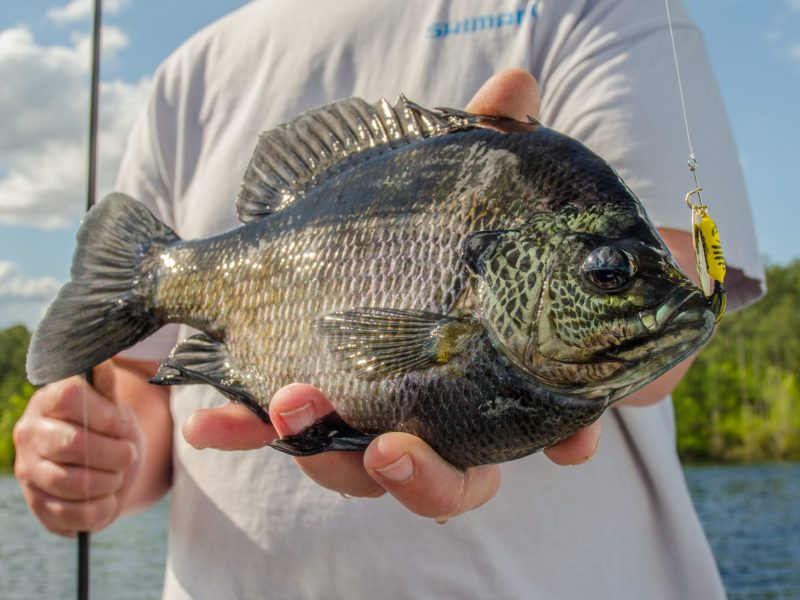
Body description
The black patch on each side of the posterior margin of the gills and the base of the dorsal fin distinguishes the bluegill. The sides of its skull and chin are frequently a dark blue color. Because there are neurally controlled chromatophores under the skin, the exact coloration will vary. As part of its threat display, the fish normally shows 5–9 vertical bars on the sides of its body shortly after being caught.
It has a yellowish breast and abdomen, with the breeding male’s breast being a vivid orange color. Their bodies are deep and flattened, which distinguishes them. They feature a terminal mouth, ctenoid scales, and an arched upward anterior lateral line. Bluegills range in size from four to twelve inches in length, with a maximum length of slightly over sixteen inches. Four-pound bluegill was the heaviest bluegill ever caught.
Behavior
- Bluegills have synchronized fin movements that allow them to travel and change directions at great speeds. To move forward, they employ notched caudal fins, soft dorsal fins, body undulations, and pectoral fins.
- They can accelerate swiftly because they have a notched caudal fin. The bluegill’s exceptional agility lets it forage and flee predators with ease.
- Bluegills have a lateral line system and inner ears that operate as vibration and pressure change receptors.
- Bluegills, on the other hand, rely extensively on sight to feed, especially when foraging.
Habitat
The shallow waters of many lakes and ponds, as well as streams, creeks, and rivers, are home to bluegill. They enjoy the water with a lot of aquatic vegetation and hide within or among fallen logs, water weeds, or any other submerged structure. They are frequently seen around weed beds, where they look for food or spawn.
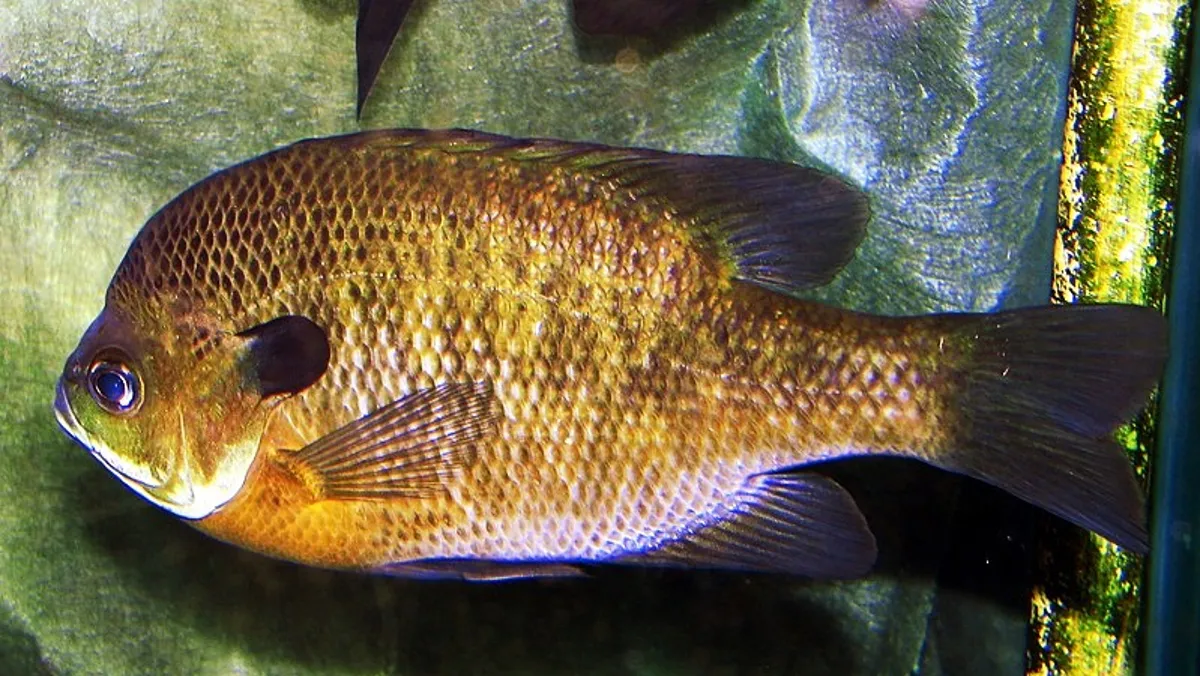
Adults migrate to deep, open water in the summer, suspending just beneath the surface to feed on plankton and other aquatic organisms. They appreciate heat but not direct sunshine, thus they prefer deeper water but will linger near the water’s top in the morning to keep warm. Bluegills commonly congregate in groups of 10 to 20 fish.
Diets
Rotifers, copepods, water fleas, and insects make up the diet of young bluegills. Aquatic insect larvae make up the majority of the adult’s food, although it can also contain terrestrial insects, zooplankton, shrimp, crayfish, leeches, other worms, snails, and tiny fish. Bluegill will eat aquatic vegetation and algae if food is rare, and if food is scarce enough, they will eat their own eggs or progeny.
Bluegill can feed on surface bugs since they spend so much time near the water’s top. The majority of bluegills feed during the day, with a feeding peak in the morning and evening (with the major peak occurring in the evening). The best feeding spot is one where there is a balance of food and predators. They can live for 11 years.
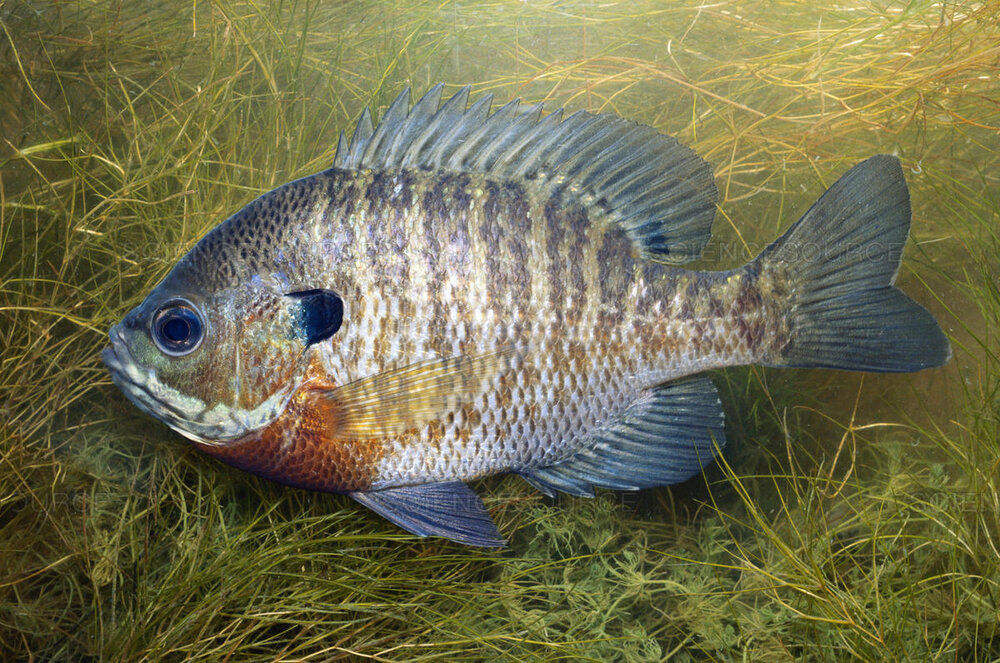
Spawning
The process of fertilization is purely external. In the water, the male’s sperm unites with the female’s eggs. In order to fertilize the eggs, smaller males will hide in adjacent weeds and dart into the nest. They dart away swiftly. The size of the female has a significant impact on the number of eggs produced. A little female can lay as few as 1,000 eggs, whereas a large, robust female can lay as many as 100,000.
Until the larvae are able to hatch and swim away on their own, the male continues to keep an eye on the nest. The bluegill’s spawning career typically begins at one year of age, however, it has been observed to begin as early as four months of age in optimal conditions.
RECOMMENDED ARTICLES
- German Shepherd Lab Mix- Characteristics And Health
- Corman Shepherd- Characteristics, Behaviour, And Health
- Canine Cancer- Causes, Symptoms, And Treatment
- Canine Influenza (Dog Flu)- Causes, Symptoms, And Treatment

